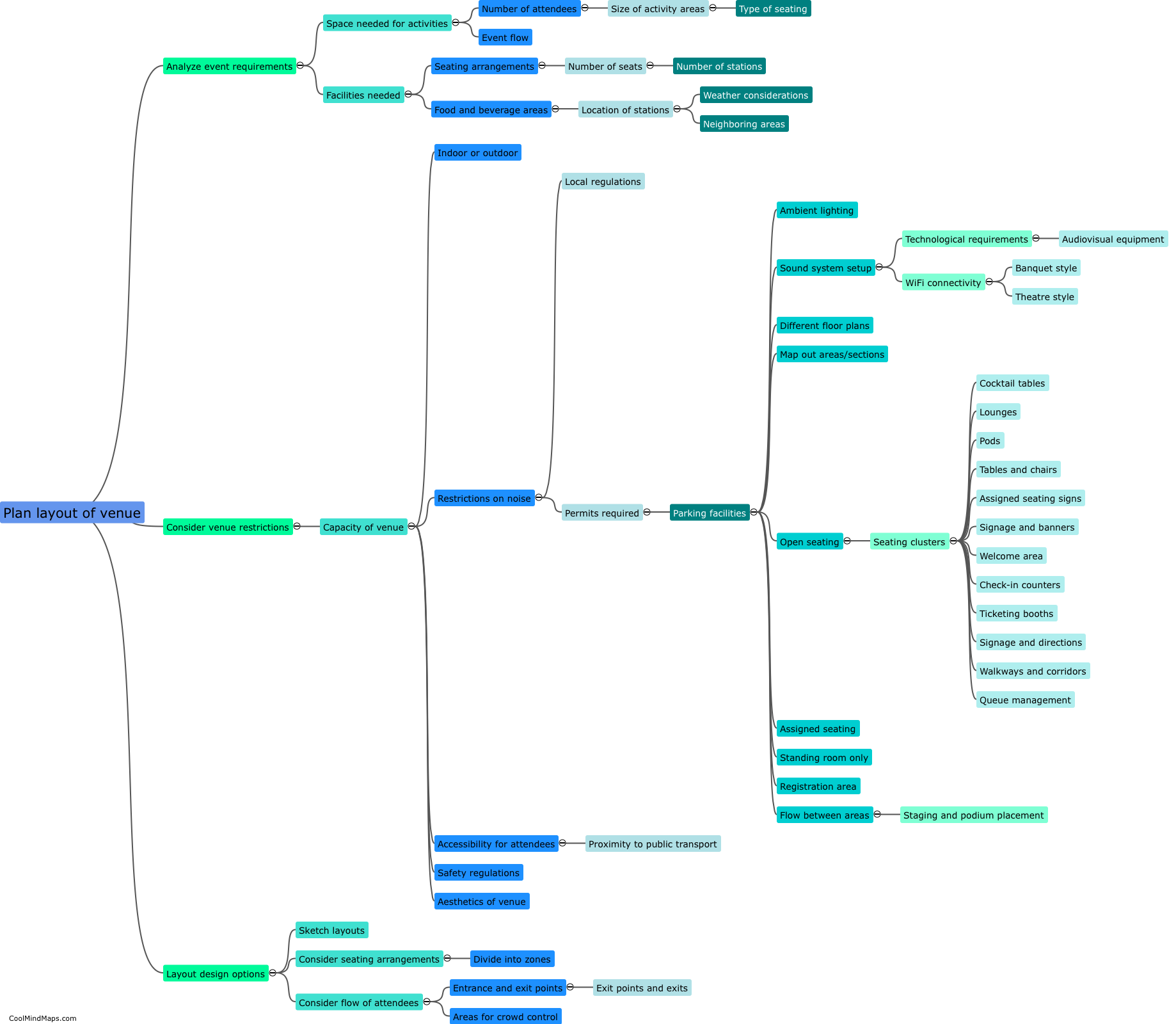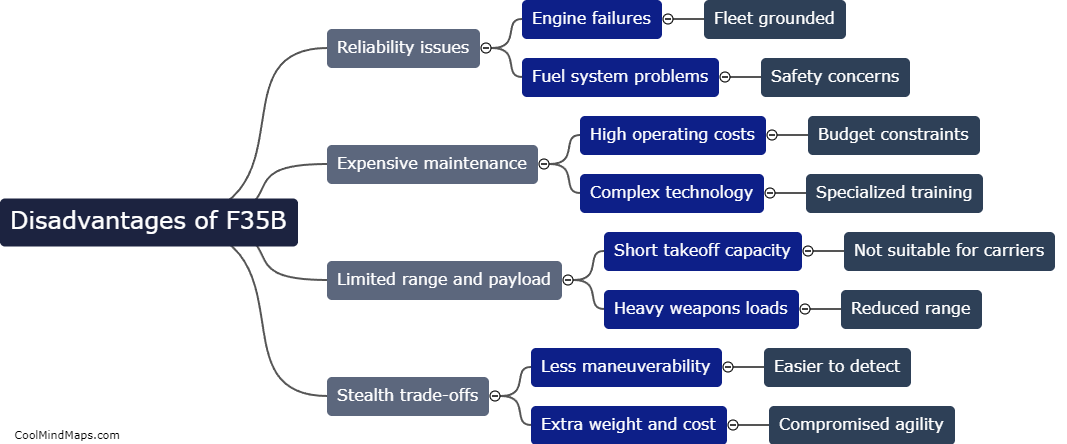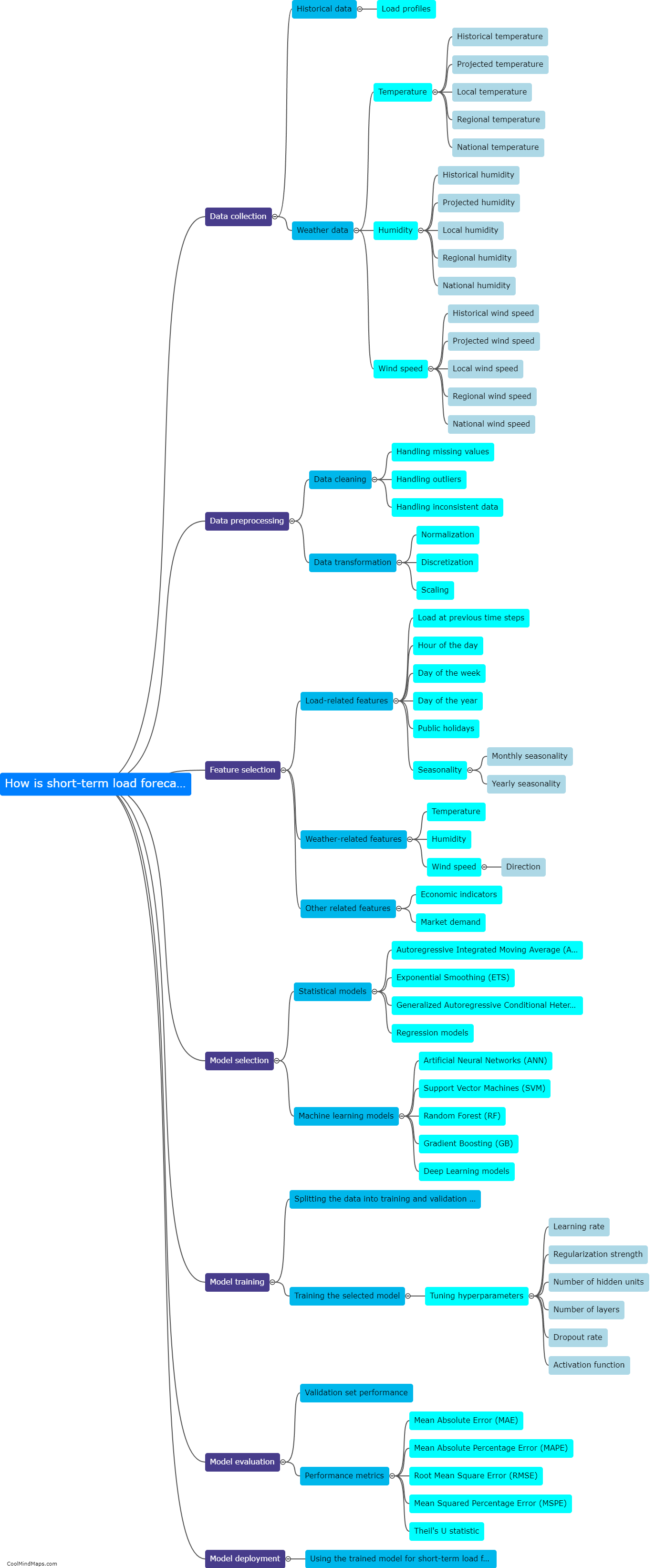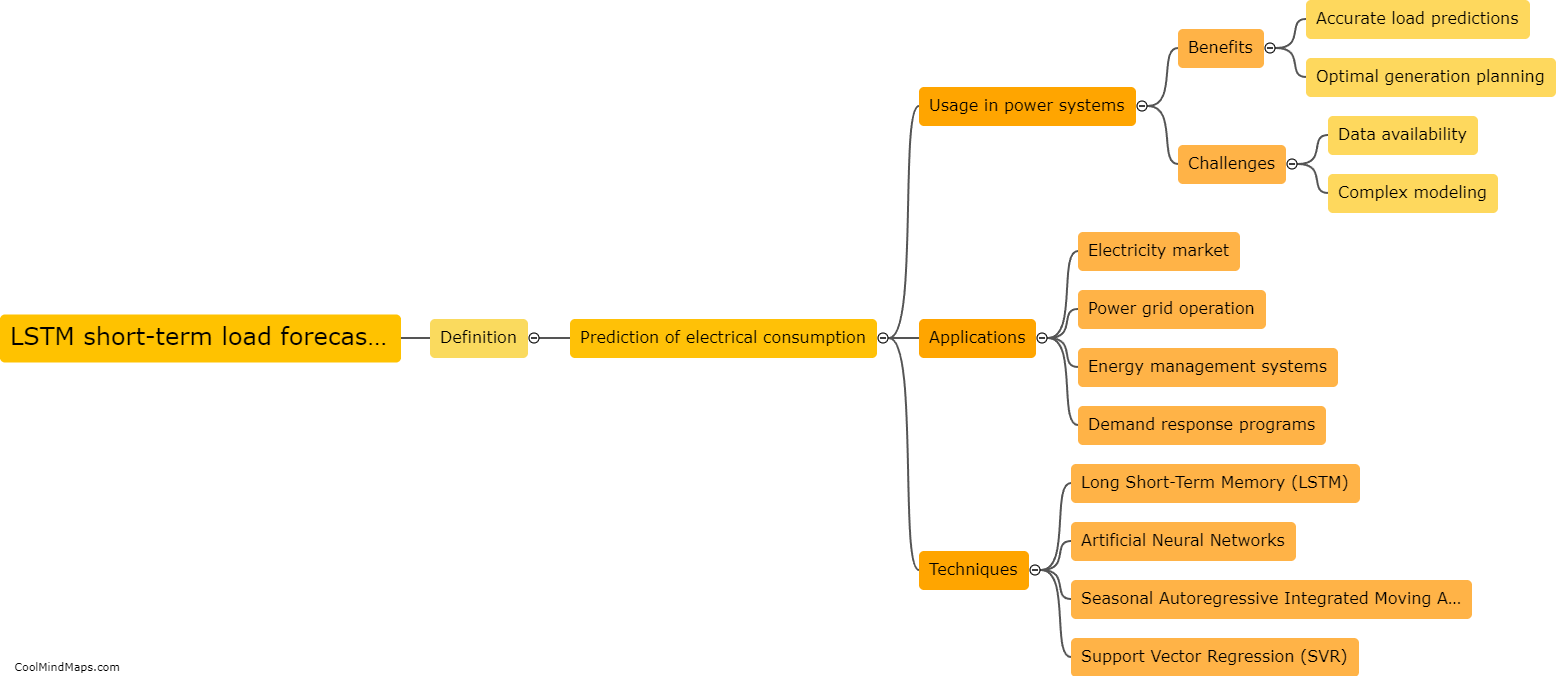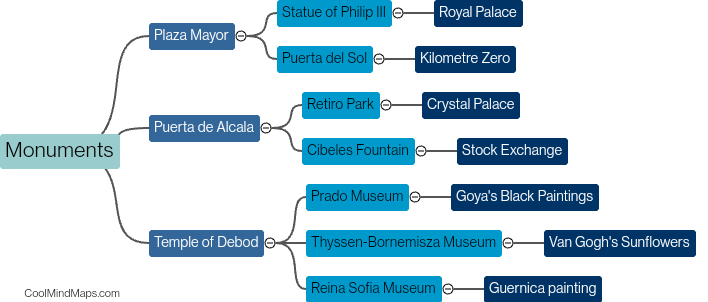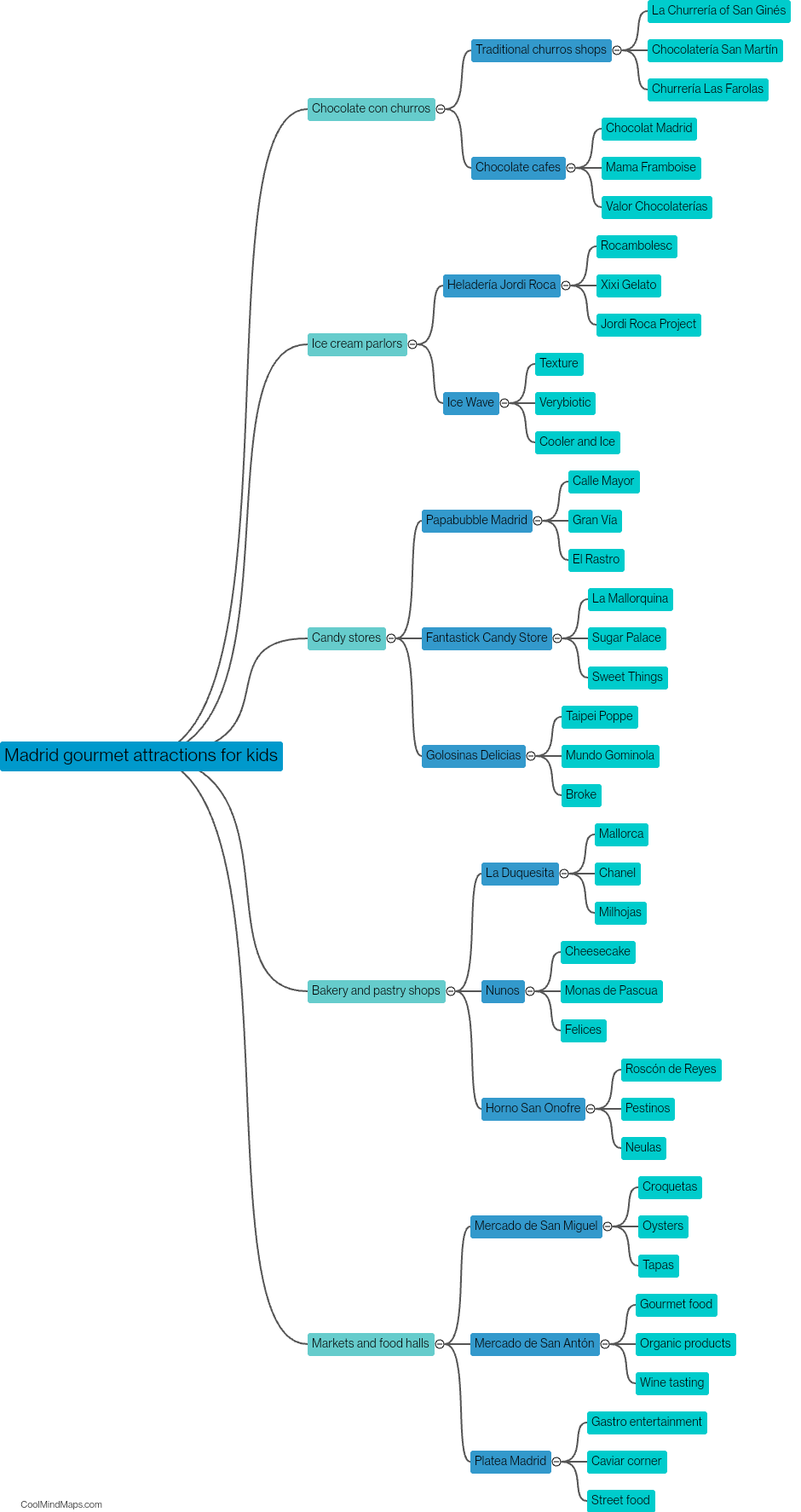Are there any limitations or challenges associated with LSTM load forecasting?
While LSTM (Long Short-Term Memory) models have gained popularity for load forecasting due to their ability to capture long-term dependences, there are still limitations and challenges associated with their implementation. Firstly, LSTM models require a significant amount of historical data to effectively capture complex patterns, which can be a limitation in cases where historical data is lacking or inconsistent. Moreover, selecting the appropriate hyperparameters and architecture for the LSTM model can be challenging and may require substantial trial and error. Additionally, LSTM models are computationally intensive and may require considerable computational resources and time for training, especially for large datasets. Furthermore, the interpretability of LSTM models is limited, making it difficult to understand the reasons behind their predictions. Finally, like any forecasting model, LSTM load forecasting is subject to the inherent uncertainties and unpredictability of future load behavior, highlighting the need for continuous monitoring and adjustment.
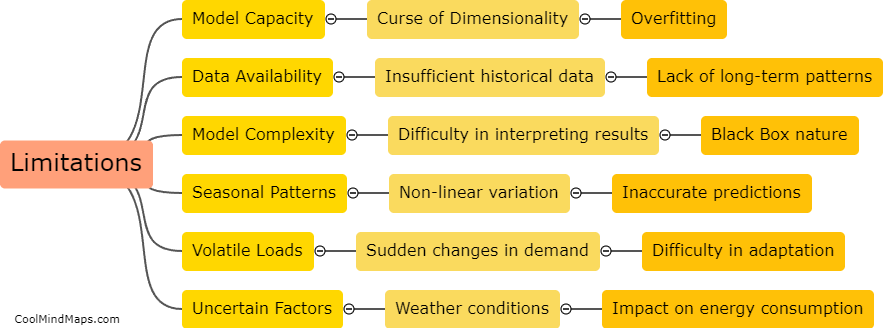
This mind map was published on 17 October 2023 and has been viewed 109 times.


